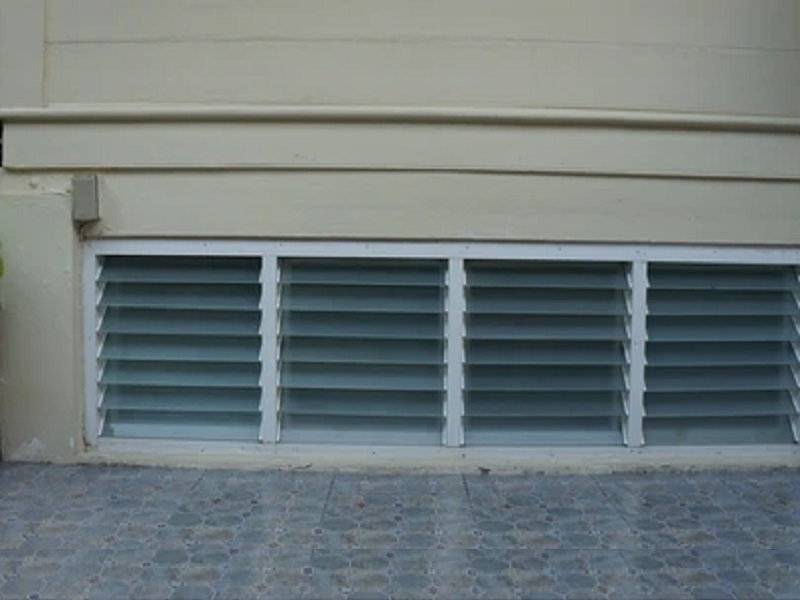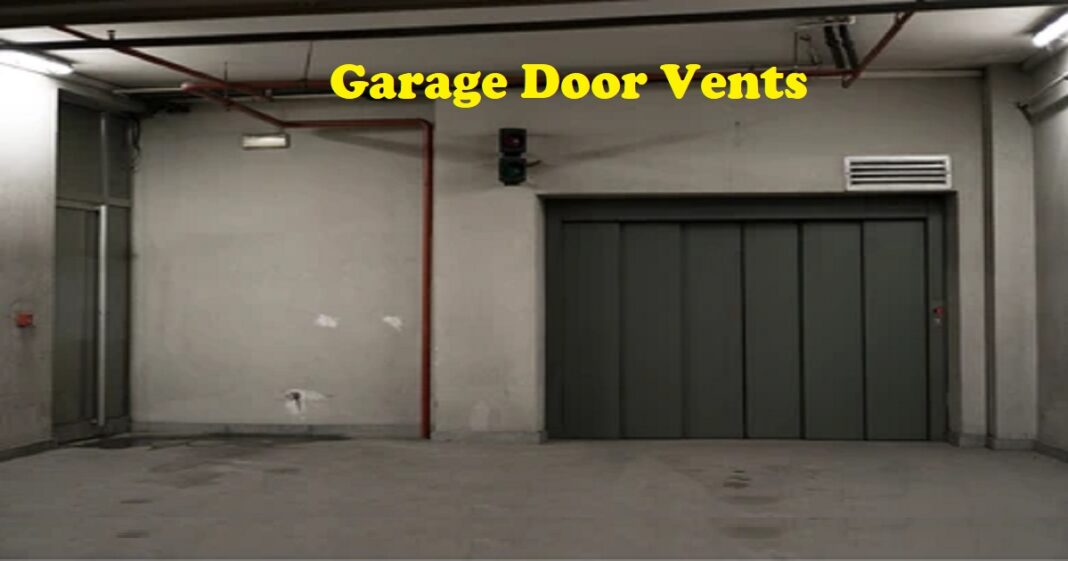Garage Door Vents:
In any garage door system, door vents are an important component of it. They allow for air circulation and help to keep the garage door opener cool. Garage door vents also help to reduce noise levels, making it easier to enjoy a peaceful garage working environment. They are located mostly on the top of the garage door near the opener. Some models also have vents on the bottom of the door, which can be used to circulate air and reduce noise levels even further. When choosing a garage door vent, it is essential to select a durable and weather-resistant model. Vent models that are made from rust-proof materials are also a good option. It is also essential to ensure that the vents are correctly installed and maintained according to manufacturer instructions for optimal results.
This article is written to keep the reader with enough knowledge about some facts about having garage door vents.

Why ventilation in the garage is necessary:
Ventilation in a garage is necessary for several reasons.
- First, it helps remove harmful fumes and gasses from the air, preventing them from building up to dangerous levels. Most garages are poorly ventilated, leading to a build-up of harmful fumes. Exhaust fumes from cars can contain harmful chemicals, such as carbon monoxide, that can be deadly if inhaled in high concentrations.
- Second benefit of garage vents is, it keeps the air fresh, staying away from the stale and stagnant. In addition, many people use their garages as workshop space, and the fumes from some power tools and solvents can also be dangerous. If you are using your garage as a workshop, ensure that you have an adequate ventilation system to protect yourself from harmful fumes. Poor ventilation can also cause paint fumes to build up, which can be damaging to your health.
- Third, it helps regulate temperature and humidity levels, making the garage more comfortable to work in. In order to allow the air to circulate correctly, ventilators are provided on both high and low levels.
In short, ventilation is essential for maintaining a healthy and safe garage environment. If you are using your garage as a workshop, ensure that you have an adequate ventilation system to protect yourself from harmful fumes.
How To Keep Your Garage Cool in Summer:
Garage door vents play a vital role in keeping your garage cool in summer. Allowing hot air to escape and cool air to enter helps maintain a comfortable temperature inside the garage. Garage door vents are available at most stores and they are easier to install. Cut two holes in the top of the garage door, near the corners, and then attach the vent covers. For best results, install vents on both sides of the door so that hot air can escape no matter which way the wind is blowing. In order to keep your garage cooler in summer, garage door vents are a cost effective option. Due to their installation, your energy bills also remain low as they keep the inside of your home cool.
Read More: An Ultimate Guide About how to Paint Plywood Walls Effectively
Types of Door Vents in Garage:
There are several types of garage vents that can be installed in a garage, depending on the space’s specific needs. Different types of garage vents can be used in the garage, and each of them has its benefits.
Intake vents:
When it comes to garage door vents, there are two main types: those that allow air to flow in and those that allow air to flow out. Intake vents are considered to be the most common types of garage door vents available. These vents are typically located near the bottom of the garage door and allow fresh air to enter the garage. This fresh air helps to keep the garage cooler and prevents fumes from building up. Additionally, intake vents can help to reduce noise levels and dust levels inside the garage.
Exhaust vent:
The other type of garage vent is the exhaust vent. These vents are typically located near the top of the garage door and allow hot air and fumes to escape from the garage. By preventing hot air and fumes from building up, exhaust vents help to keep the garage cooler safer. When choosing garage vents, it is essential to consider the size of the garage and the amount of traffic that passes through it.
A single intake vent may be sufficient for smaller garages or those with low traffic. However, multiple vents may be necessary for more oversized garages or those with high traffic.
Roof vent:
The third type of garage vent is the roof vent. Roof vents are typically used to exhaust hot air and fumes, while gable vents allow air circulation.
Each type of vent has its benefits, and the best option for a garage will depend on the size and layout of the space.
Steps to install Garage Door vents:
Garage vents are a must-have for any garage, especially if you spend a lot of time working there. They help keep the garage cooler in the summer, but they also help prevent condensation and mold growth in the winter. Installing garage vents is a relatively simple process, and there are a few different ways to do it.
- The first step is to determine the place of installation of the vents. The most common location is along with the garage door, but you can also install them on the walls or ceiling. Once you have chosen the location, mark the area with a pencil or chalk to know where to cut the hole.
- Next, use a power drill to create a slightly larger hole than the vent itself.
- Finally, insert the garage vent and secure it with screws or tape. By using these few simple steps, you can significantly improve the ventilation process in your garage.
Bottom Line:
This article covers out essential facts and information everyone should know about different garage door vents available and how to fix them. Having proper installation of garage door vents is essential to keep the garage cool and remove fumes and gasses from it.
In some garage vents, a screen comes fitted with the vent which permits the garage from pests and other insects. When choosing a garage door vent, it’s essential to consider the size of the opening and the type of material that will best suit your needs. By taking these factors into account, you can be sure to select a vent that will serve you well for many years to come.




